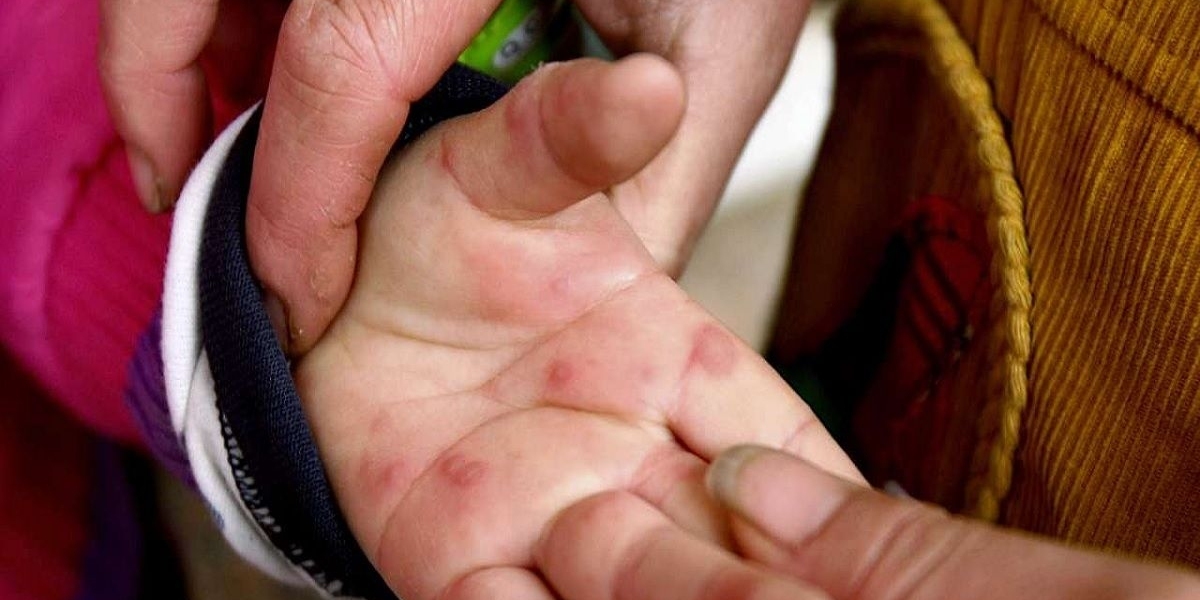Foot and Mouth Disease (FMD) is a highly contagious viral disease that affects cloven-hoofed animals such as cattle, pigs, sheep, and goats. It not only poses a significant threat to animal health and welfare but also has severe economic consequences for the agricultural industry. Vaccination is one of the most effective strategies for controlling and preventing the spread of FMD.
Understanding Foot and Mouth Disease:
FMD is caused by a virus belonging to the Picornaviridae family, with seven distinct serotypes (O, A, C, Asia1, SAT1, SAT2, SAT3). The disease manifests as fever, blisters on the tongue, lips, and hooves, and can lead to reduced milk production, weight loss, and even death in severe cases. Its rapid spread can devastate livestock populations and disrupt trade, making it a top priority for veterinary authorities worldwide.
The Role of Vaccination:
Vaccination plays a crucial role in controlling and preventing Foot and Mouth Disease Vaccine outbreaks. By stimulating the immune system to recognize and combat the virus, vaccines help reduce the severity of symptoms, limit viral shedding, and decrease the risk of transmission. In endemic regions, regular vaccination campaigns are essential for maintaining herd immunity and minimizing the impact of FMD on livestock populations.
Types of Vaccines:
There are two main types of FMD vaccines: inactivated (killed) vaccines and live attenuated vaccines. Inactivated vaccines contain killed virus particles and require booster doses to maintain immunity. They are safe and effective but may require adjuvants to enhance the immune response. Live attenuated vaccines contain weakened forms of the virus that stimulate a strong immune response without causing disease. While highly effective, they carry a slight risk of reverting to virulence and causing outbreaks in susceptible populations.









